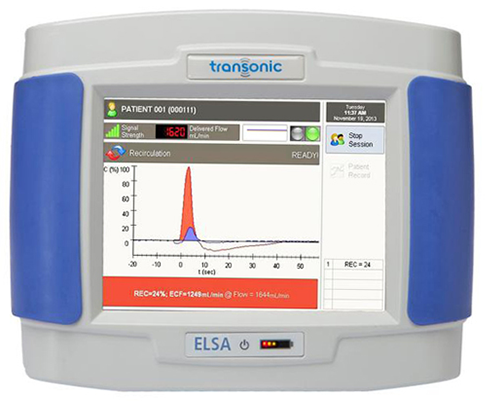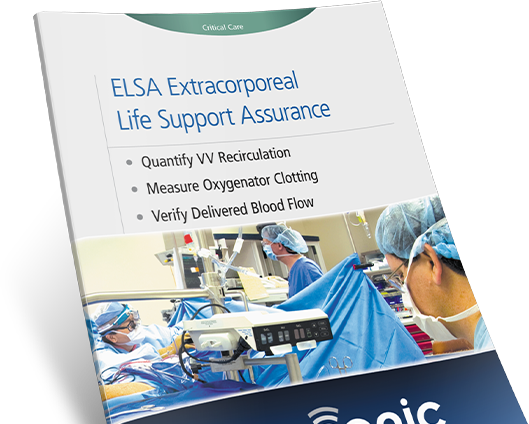The sunset casts a warm orange in the hospital lobby and everything seems calm in the pediatrics unit. When you check in on one of your VV ECMO patients, you are relieved to see she is fairly stable. But then she’s not.
In the middle of the night, she presents with worsening hypoxia represented by progressively decreasing pulse-ox readings of 84%, 83%, and 80%. After you assess the patient, you decide to have labs pulled, but it’s 1 a.m. Minutes turn into hours as you anxiously pace the floor waiting until finally, the results show her CO2 is rising and O2 levels are declining. The patient is actively decompensating and only the right intervention can save her, but you — and the team members on the phone with you — need data. Now. Is she too hypovolemic? Do you give her fluids? Is her anticoagulation therapy sufficient? Is she clotting or bleeding? Or is it something else?
Every hero needs a sidekick...


ELSA Saves Precious Time with Measurements That Matter
With the right support, you can change the ending of this story. In addition to running labs, you push a bolus of fluids and re-check your patient’s ELSA stats through the ELSA monitor, which is hooked up to the patient’s ECMO. Within minutes, not hours, ELSA reveals a significant rise in recirculation.
You have the patient’s chest Xrayed to check the cannulas. They are placed well, but imaging reveals the real problem: bleeding in the patient’s chest cavity.
When the patient receives a chest tube, the pressure is relieved immediately, and you slump in your chair, reassured now that the worst is over. You will monitor her for the next several hours until stats improve, but you know she’s out of immediate danger, thanks to the excellent training and collaboration of everyone on her team and the data that informed their life-saving decisions.

ELSA for ECMO can help your team:
- Detect recirculation to determine the efficiency of the entire circuit
- Use objective data to inform of the need for oxygenator changes
- Identify trends in oxygenator performance
- Quantify flow so teams have the data they need to prevent limb ischemia
When Minutes Matter, Use ELSA
ELSA is user-friendly and provides important data to help better manage the time of bedside data acquisition and the logistics of oxygenator changes. Within minutes ELSA delivers the recirculation percentage and OXBV, enabling you to know immediately if recirculation is contributing to your patient's condition.
Save time by reducing emergent oxygenator changes in ECMO pediatric patients with objective, quantifiable bedside data and protocol-driven interventions.
To learn more about ELSA for ECMO, download our free guide.

